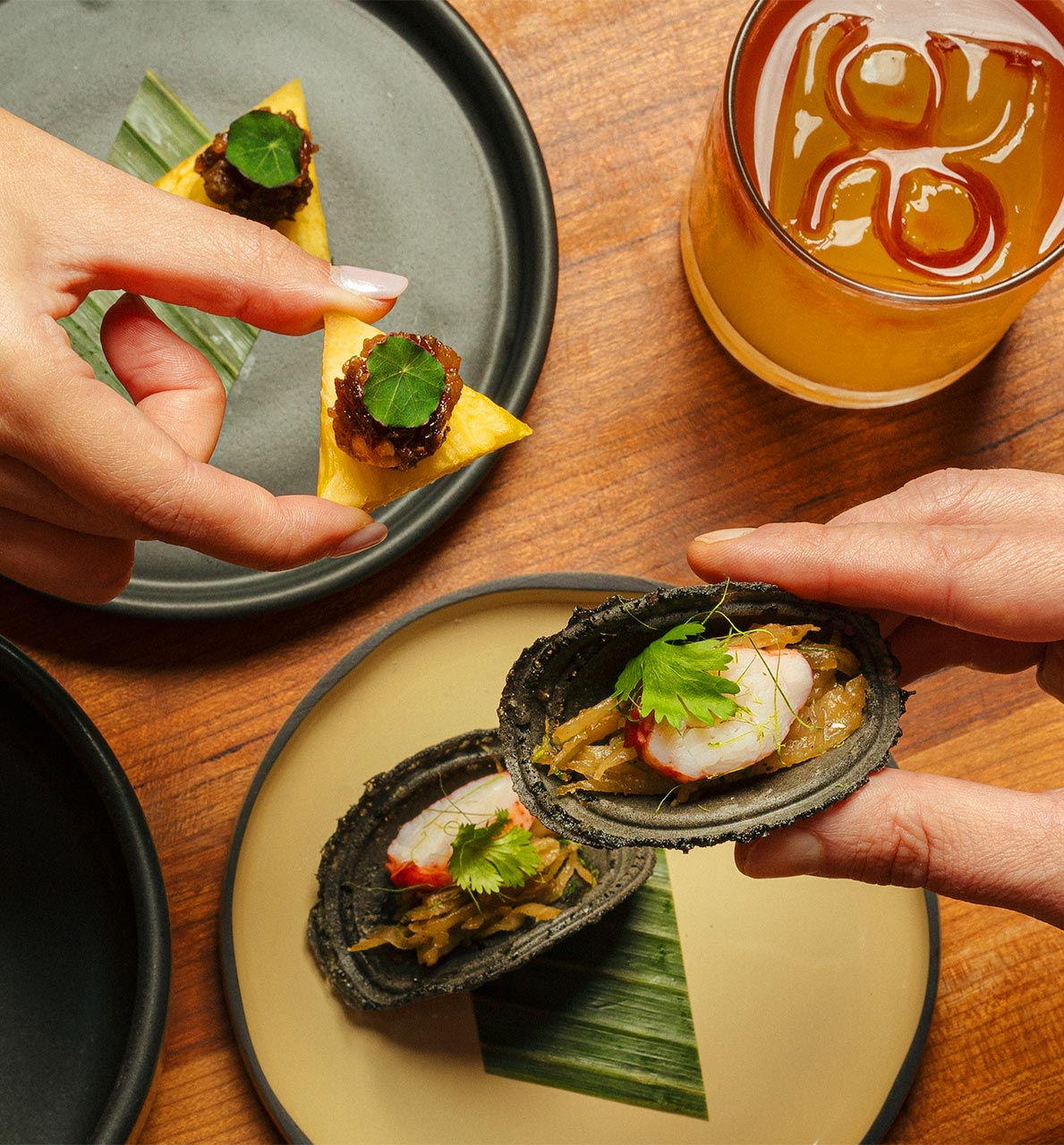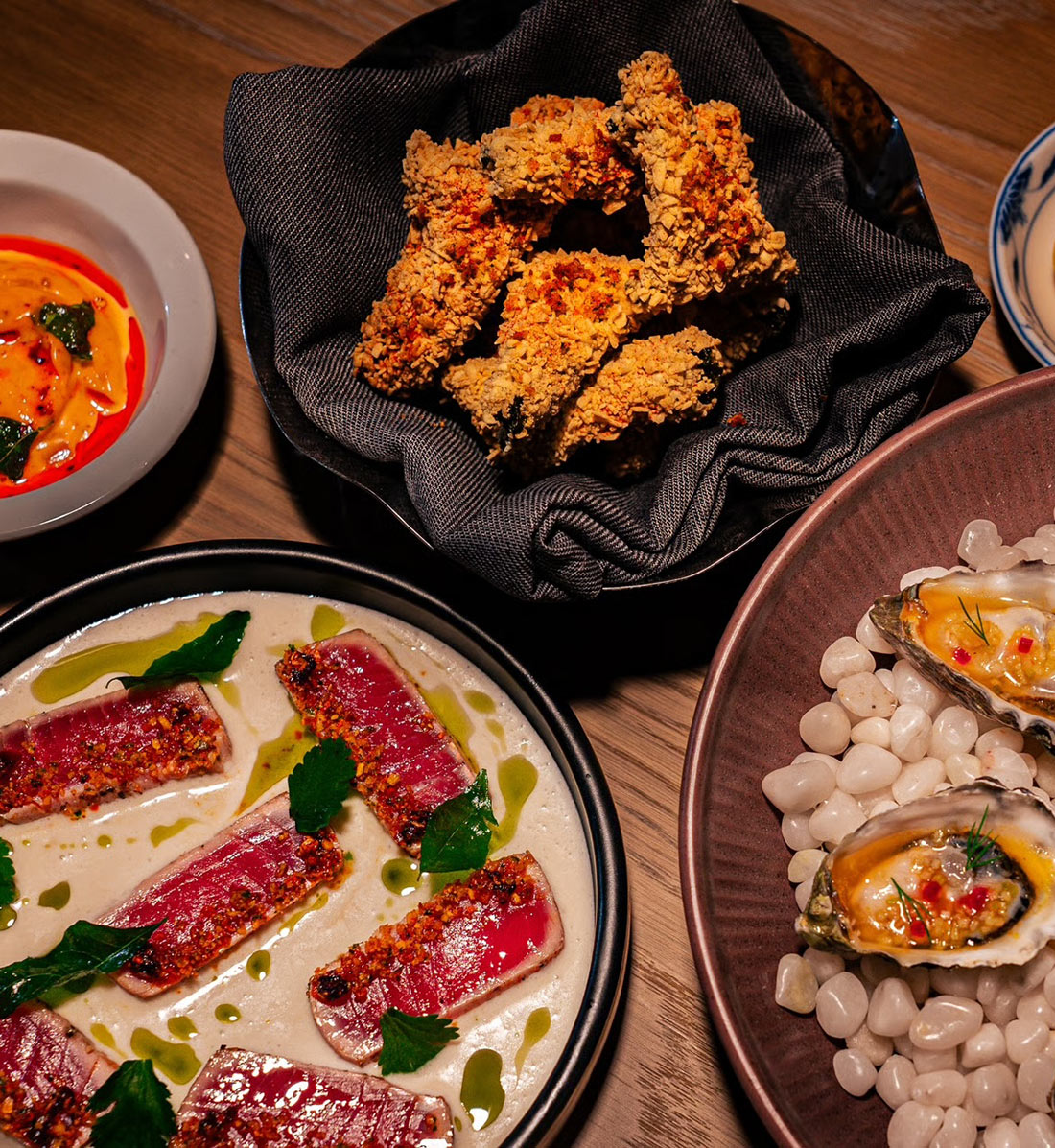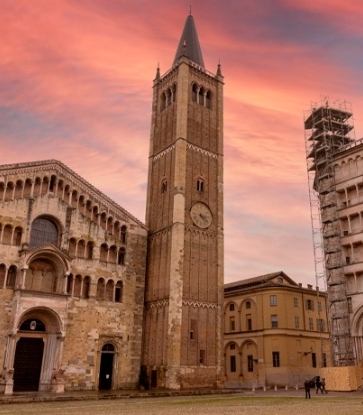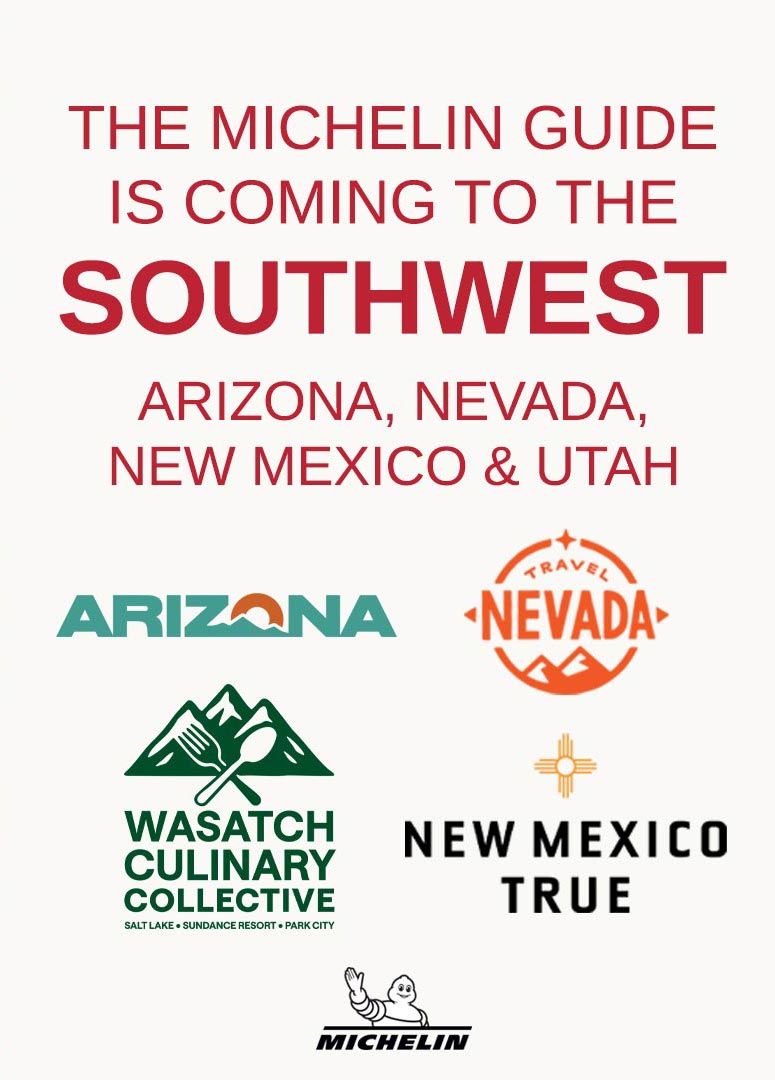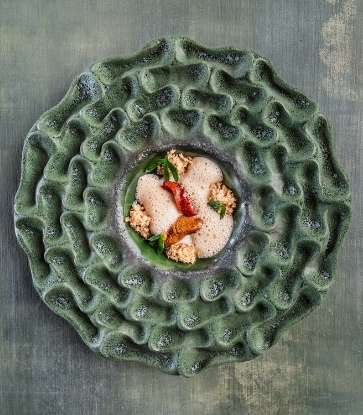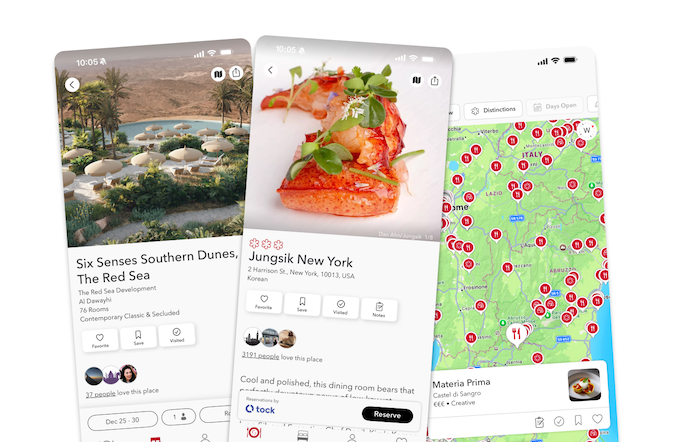In 1987, few in the United States had heard of Dushanbe, and few in the Soviet Union had heard of Boulder. Yet, the two cities developed an unexpected friendship as sister cities.
The Tajikistan capital city gifted a one-of-a-kind, handmade tea house to the Colorado mountain town, and for the last 26 years, Boulder Dushanbe Teahouse has impressed visitors and locals alike.
Below, learn more from Chef Lenny Martinelli about his flagship restaurant, cross-cultural history, and his passion for sustainability.
How did the cities of Boulder and Dushanbe become friends?
Sister cities started after World War II. The idea is to bring people together non-governmental, people-to-people through food, architecture, and clothing.
In 1987, Boulder established a sister city relationship with Dushanbe, Tajikistan. It was part of the Soviet Union at that point. We were in the Cold War, and everyone was afraid of each other. Not many people knew much about Tajikistan at all, so it made sense to establish a sister city relationship with them.

Dushanbe gifted the tea house to Boulder. What is its significance?
It was a gift when our relations weren't very good. Ours is the only tea house of its kind in the Western Hemisphere. It's a work of art. It is all hand carved and is the artistic and architectural representation of classic Persian style.
Tea houses were important on the Silk Road, where the caravans would be able to stop and take some refuge, get some food, get some tea, relax, and then move on their journey. They were very important cultural centers.
The first day we opened, there was a line a quarter mile long to get in the building.
Tell us more about the construction process.
There were 40 artisans that built the tea house. It took them two years to hand paint, hand carve and hand build. They then took it apart and sent it to Boulder in 200 crates, and it was like a jigsaw puzzle. The builders came over and helped us erect it. On the inside of the building, there are walls with carved plaster called gaunch, very traditional.
How do you maintain and upkeep such a unique space?
The city of Boulder owns the building, and we work really well with the city. Fifteen years ago, the tea house started fading on the outside and needed some repairs. The son of one of the original builders came out and redid one of the sides. There were some University of Colorado lectures around it. Last summer, the grandson came over from Tajikistan – three generations of the same family of artisans. These are craftsmen who know their craft.

What Tajik dishes do you feature on the menu?
First off, plov, a rice dish. Plov is its Russian name because the Soviet Union was there for 70 years. Traditionally, it's called osh. Recently, the Tajiks have really been trying to embrace their own Tajik culture.
Tajiks would come to Boulder for different delegations, and they wanted to make osh at the tea house. There'd be seven men around this big cauldron. It's a huge wok, maybe four feet wide. It was almost like the backyard barbecues of America, where one's fighting over who makes the best hamburger or steak. Since then, I've gotten the seal of approval from them.
There's also shashlik (shish kebab). We like to make a butternut sambusa (samosa). We do a montu (dumpling) for special occasions like the Persian New Year. Last year, we had 1,000 people right next to the tea house celebrating Tajik culture.
What are your other menu favorites?
When I first started, I was a vegetarian. One of my priorities was vegetarian cuisine. We have this Indonesian peanut noodle that we just can't take off the menu.
We also have this vegetarian kufta, samosas, and a Mediterranean salad with dolmas and hummus. [Tajikistan] was once part of the Persian Empire, so we typically do a couple Persian dishes as well, including Khoresh Fesenjan (stew) with pomegranates.

How did you decide to offer such a global menu?
We looked at the building for its importance of what it represented in the sister city context, about bringing cultures together. You learn through people, their culture, their dress, and through their food.
We wanted to create a world cuisine menu. We were trying to bring food from all over the world, so we could have [guests] taste their food and learn a little bit more about other cultures. Twenty-six years ago, the Internet was just being born. I started researching food. I put chimichurri on the menu, and nobody knew what it was.
How do you showcase the tradition of tea?
At the time, there was not a lot of tea in the United States, so we learned a lot about tea ourselves.
There are about 100 different types of teas on our menu. We stock 400 [teapots] in house just for our everyday service. Every table orders one tea pot or more.
In our first year, we started our Rocky Mountain Tea Festival. We wanted to bring this tea culture to everybody. We ran it for 20 years, and then COVID stopped everything. This year, we're going to start our tea festival back up.

You grow your own organic vegetables. Could you tell us more about your sustainable practices?
Over 30 years ago at my first cafe, I would take buckets home and then make compost. My gardens at home were always really awesome. The [garden] beds were completely covered with worms.
Fast forward, we've always tried as many good practices as possible. We decided to buy a farm 14 years ago. My big idea was I can actually grow organic vegetables. Grow our food and bring it right to all of our restaurants. Our farm is 10 to 15 miles out.
We've actually lost a ton of money. Growing food is a non-money maker. It takes a lot of effort, and it's not about the money.
We really have a full cycle of growing on the farm, which I love. I was able to incorporate a composting program. We save all of our compost in all the restaurants, bring it out to the farm. Use manure from some horses, chickens and goats we have, and we create a great base food for our farm. When you farm the soil, then you're going to get good food. My goal is to educate chefs.
I praise every farmer. It's the hardest job out there.

Hero image: Three Leaf Concepts / Dushanbe Tea House




